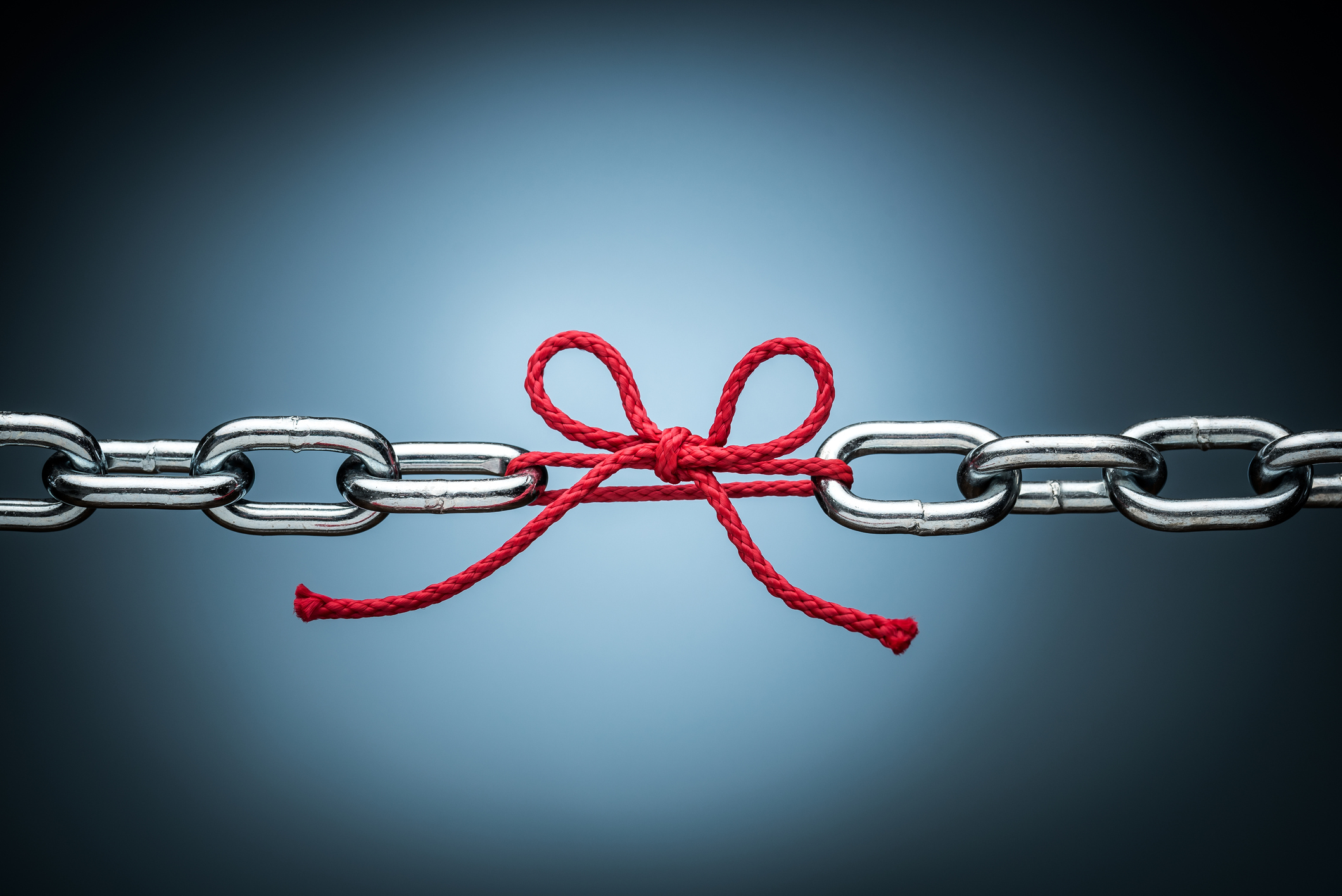Tears in the labial frenulum are injuries that occur inside the mouth. They can cause bleeding, but only in rare cases do they necessitate medical treatment.
A thin layer of tissue links the lips to the gums and bones of the face, known as the labial frenulum. The labial frenulum is divided into two types:
- mandibular labial frenum, which connects the lower lip to the mouth
- maxillary labial frenum, which connects the upper lip to the mouth
The labial frenulum supports the lips and keeps them in place while the jaw and facial bones develop.
It is possible for the labial frenulum to be torn. People commonly manage these injuries at home, although they may require medical treatment in rare circumstances.
This page explains how upper and lower frenulum rips occur, how to treat them, and when to see a doctor.
Lower frenulum tear

Falls that cause a person to bite their lip might result in lower frenulum tears. People should treat this injury the same way they would an upper frenulum tear.
If an adult or kid suffers a lower frenulum rip, the bleeding should be stopped by pressing the outer lip against the teeth for 10 minutes.
Upper frenulum tear
Children’s upper frenulum tears are common. Bleeding from the tops of the gums and lips is the most common symptom.
These injuries are seldom treated medically and heal without the need of sutures.
The following are some first-aid suggestions for an upper frenulum tear:
- To stop the bleeding, press the outer lip on the teeth for 10 minutes.
- Pulling the lip out to assess the injury might cause the bleeding to resume.
After three days, a person should check for any further indications of edema or illness. If someone pulls the lip away from the gums after this period, there should be no bleeding.
Will they heal by themselves?
After 3 or 4 days, most frenulum tears will heal on their own. Infections and other problems are quite uncommon.
To relieve discomfort as the injury heals, a person might apply a cold compress to the region for 20 minutes.
Over-the-counter pain relievers like Tylenol or ibuprofen can also assist.
After a frenulum rip, it’s important to keep hydrated. To decrease chewing, a person should consume soft meals and avoid salty, acidic, or spicy foods. These have the potential to irritate the wound.
Can they keep tearing?
A labial frenulum may continue to rip. The frenulum cannot regenerate if it is totally cut off. Scar tissue can grow in the region, resulting in hard patches of skin.
The frenulum tear will heal if it is not a full incision. It can, however, increase the chances of a future tear.
How can they tear?
Falling, which is common in youngsters, is the most common cause of a labial frenulum rupture. The upper labial frenulum might be torn by the force of the fall.
When people fall and bite their lips, tears in the lower labial frenulum occur. People who have an overbite are more likely to suffer from these injuries.
Medical treatment
Medical attention is seldom required for labial frenulum tears. They normally heal without sutures at home, and the risk of complications or infections is low.
Medical therapy, on the other hand, may be required if:
- the bleeding does not stop after 10 minutes of applying direct pressure
- there are signs of infection
- breathing difficulties occur after the injury
If you have signs of an infection, your doctor may prescribe antibiotics.
Complications
Following a labial frenulum rip, there is a risk of infection. Doctors, on the other hand, can readily cure these infections.
Labial frenulum tears are unlikely to cause major complications. People with an abnormal labial frenulum structure, on the other hand, may experience:
- receding gums around the teeth
- a large gap between the upper front teeth
- difficulty moving the lips
Medical procedures, such as the removal of the frenulum, can be used by surgeons to resolve these difficulties.
When should you see a doctor?
A frenulum tear may usually be treated at home by most people. Some instances, however, may necessitate the assistance of a physician.
If an injury seems to be infectious but there is no fever, it should be seen by a doctor within 24 hours.
If they have any of the following symptoms, they should see a doctor right away:
- severe pain that persists for hours
- problems fully opening or closing the mouth
- increasing pain or swelling after 48 hours
- a deep tear that may require stitches
- fever
- difficulty swallowing fluids, including saliva
Conclusion
The labial frenulum is a small layer of tissue that maintains the lips in place while the surrounding bones grow.
Labial frenulum tears are more prevalent in youngsters and generally result from a fall. This injury might cause in bruising and discomfort in the affected region. They do, however, seldom require medical treatment.
The bleeding can be stopped by applying pressure to the lips. To relieve discomfort, people might take medicines and apply a cold compress to the affected region.
If an infection develops or symptoms persist, a person should seek medical advice.
Sources:
- https://www.ncbi.nlm.nih.gov/books/NBK542165/
- https://www.ncbi.nlm.nih.gov/pmc/articles/PMC5574632/
- https://www.medicalnewstoday.com/articles/labial-frenulum-tear
- https://www.ncbi.nlm.nih.gov/pmc/articles/PMC3636930/
- https://www.ncbi.nlm.nih.gov/pmc/articles/PMC6334537/






